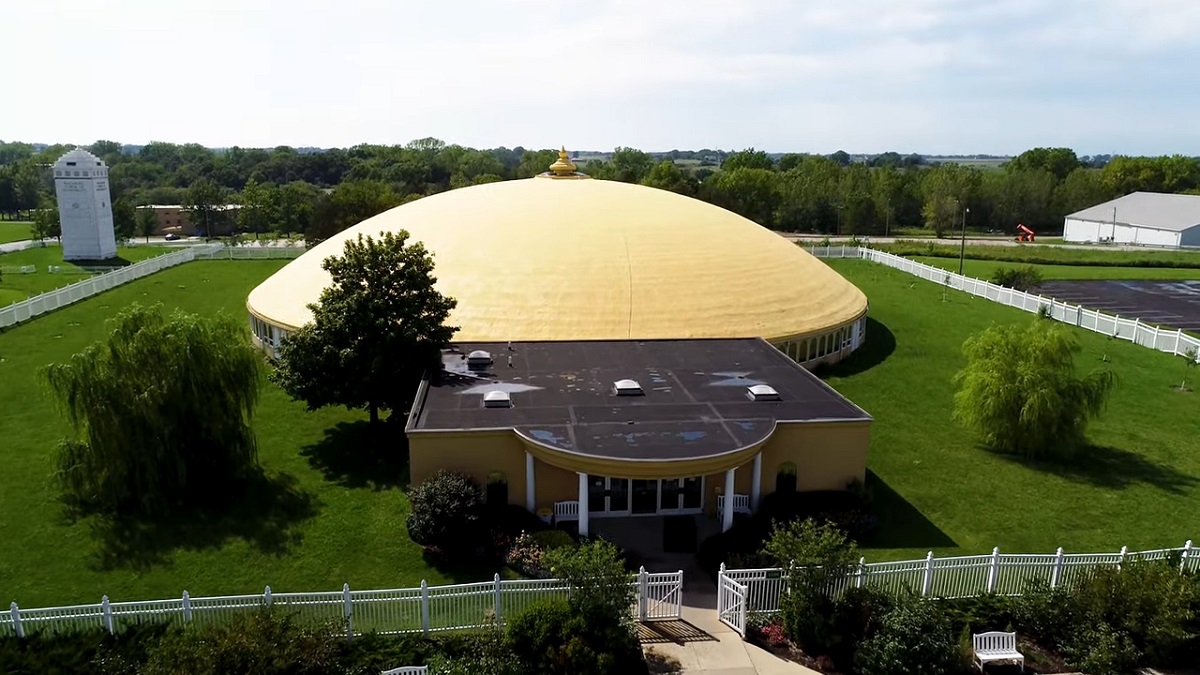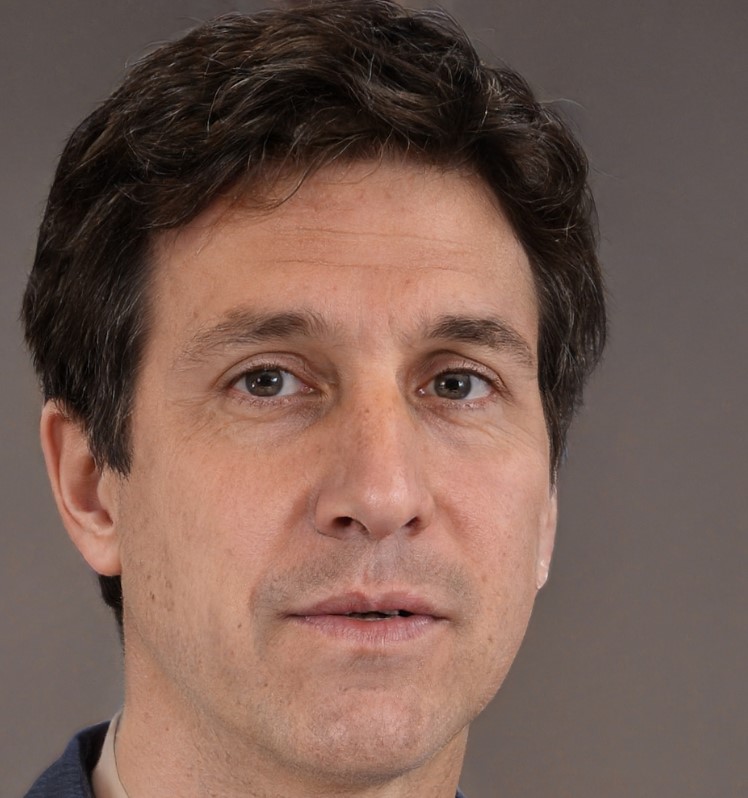Maharishi Vedic City sits on quiet farmland in southeast Iowa. At first glance, it looks like any small town. But step inside the boundaries, and the rules change. Every home faces east. Fast food chains are absent. Non-organic food is illegal under city law. Twice each day, residents stop what they are doing and meditate, many inside a massive white dome visible from the fields around it.
The city was founded in 2001 by followers of Maharishi Mahesh Yogi, best known for teaching Transcendental Meditation to The Beatles. It was built on Vedic principles, rooted in ancient Indian science, and shaped by precise geometry tied to the movement of the sun. What began as a vision became a legal, functioning city.
Here is the story of an American city that chose a different direction and built everything around that choice.
How Maharishi Vedic City Got Started and What It Was Really About?
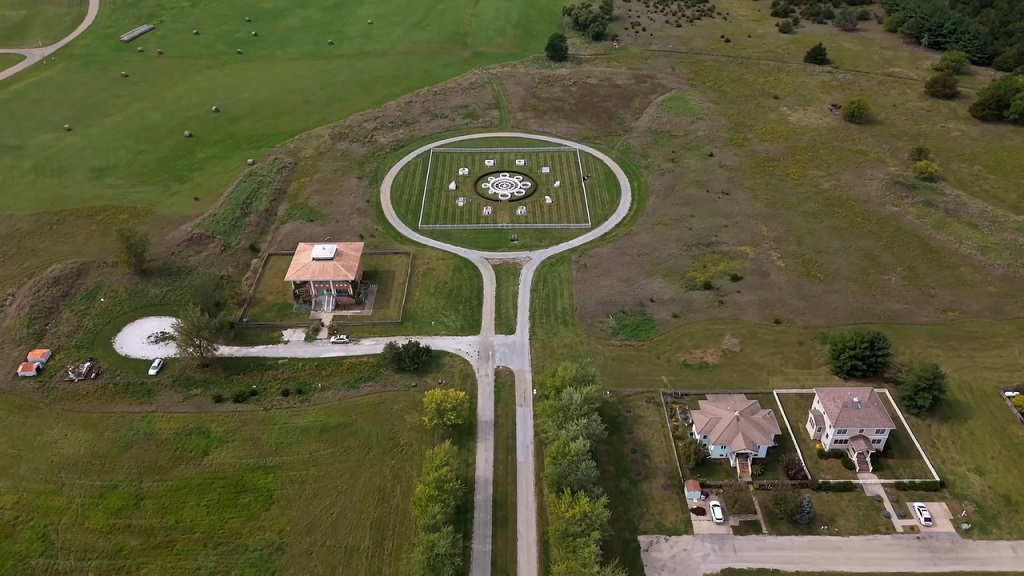
In the late 1990s, a group of people began buying farmland north of Fairfield, Iowa. They followed the teachings of Maharishi Mahesh Yogi and wanted to build a real city guided by ancient Vedic principles. They planned homes, roads, and public laws that reflected order and calm in daily life.
In 2001, it became official. The name first appeared as Vedic City, later changed to Maharishi Vedic City. Every part of the plan reflected structure and purpose. Streets ran in exact directions. Homes faced the rising sun. The sale of non-organic food was not allowed. Meditation was part of the daily rhythm.
The layout came from a system called Maharishi Sthapatya Veda. It connects design to natural movement. The belief behind it is simple. People live with more balance and better focus when their surroundings follow natural order.
The Vision That Started It All
Maharishi Mahesh Yogi gained worldwide recognition through his teaching of Transcendental Meditation. He believed that peace begins with structure, both within the mind and in the environment. During the 1960s, The Beatles studied under him in India. His message spread to schools, health centers, and science programs.
Fairfield, Iowa, became a center for his community. His students built a university there in the 1970s. Decades later, they planned an entire city where every home, street, and law reflected his vision of harmony between human life and nature.
The Core Rules That Shaped the City
- All homes face east toward the rising sun
- Every building includes a brahmasthan, a silent central space
- Streets follow north-south and east-west directions
- Only organic food can be grown or sold
- Group meditation happens twice each day
Founders aimed for order and rhythm in every layer of the plan. They focused on the link between space, energy, and well-being.
The Early Years of Building and Growth
- Date of Incorporation: July 25, 2001
- Land Area: Around 3 square miles
- First Law: Organic-only farming across all land use
- Street Design: Based on solar and planetary alignment
- Growth Model: Steady expansion within strict guidelines
Every structure follows a fixed rule. Builders follow plans that dictate how each room faces. Front doors open toward the east. Meditation rooms sit in the northeast corner. Kitchens, sinks, and beds align with specific directions.
What Daily Life Looks Like in a Place Built Around Meditation
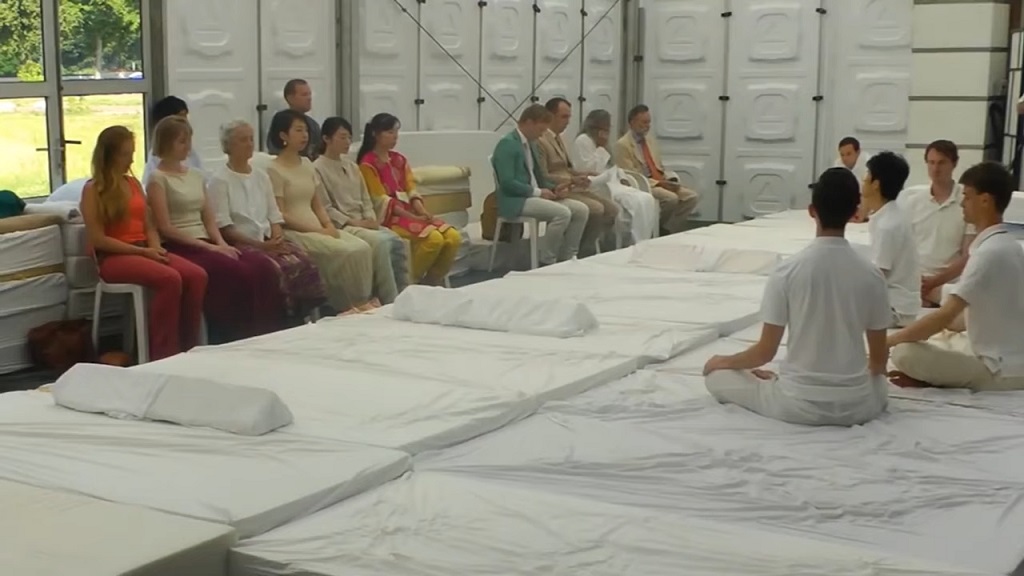
People begin the day in near silence.
Before breakfast, many walk toward the golden meditation domes that stand on the edge of town. Inside, hundreds of residents sit quietly, practicing Transcendental Meditation together.
The air feels heavy and calm, as if time itself slows down. No one speaks. There is only breath and stillness.
For locals, this is not a ritual but maintenance. They describe it as clearing away mental dust before the day begins.
Afterward, life resumes at an unhurried pace. Meals come from gardens, orchards, and organic farms that surround the city.
There are no fast-food chains, no drive-thru windows, no smell of deep-fried oil.
Food here serves a purpose. Every meal is seen as part of a broader idea of harmony between body, mind, and environment.
A City Built Around Calm and Intention
- Meditation at sunrise and sunset keeps the community synchronized.
- All produce sold or served must be organic and locally grown.
- Ayurvedic treatments replace most forms of traditional medicine.
- Daily movement focuses on walking, cycling, and working outdoors.
- Education includes lessons in sustainability and human awareness.
Conversations are slow and unforced. People greet each other with patience instead of haste. The schools start classes with moments of quiet reflection. Even construction schedules follow the natural rhythm of the day, avoiding unnecessary noise during meditation hours.
The Origins of Maharishi Vedic City
The idea for Maharishi Vedic City started long before construction ever began in Iowa. Its foundation rests on the teachings of Maharishi Mahesh Yogi, the Indian spiritual leader known for spreading Transcendental Meditation to the Western world. He believed that true well-being and harmony depend on living in rhythm with natural law.
During the 1990s, followers in the United States began working to apply his ideas to an entire community. Fairfield, Iowa, already served as the movement’s base through Maharishi International University. From that setting came a new goal. The goal was to build a functioning city guided by the same ancient Vedic principles that shaped temples and towns in India centuries ago.
In 2001, that vision became a reality. Maharishi Vedic City was officially founded with a charter unlike any other in the country. Local laws centered on sustainability, organic agriculture, and conscious living. Every road followed the path of the sun.
Food, Healing, and the Culture of Clean Living

Maharishi Vedic City treats food as medicine. Every farm inside the city follows organic rules, producing vegetables, herbs, and grains without chemicals. Residents eat locally grown produce, drink clean water, and avoid preservatives. They see meals not as a routine but as daily therapy.
At the center of the city stands The Raj, a well-known Ayurvedic spa spread across a hundred acres. Visitors travel from across the world for treatments that focus on detox, massage, and herbal healing. The spa combines Indian tradition with scientific testing, drawing attention from health experts and celebrities who seek a deeper form of rest.
Life in the city moves at a slower pace. Work schedules adjust around meditation periods. People gather for group sessions twice a day inside the Meditation Dome, where silence replaces the usual city noise. Local teachers say that even young students show higher focus after those sessions.
The City as an Ongoing Social Experiment
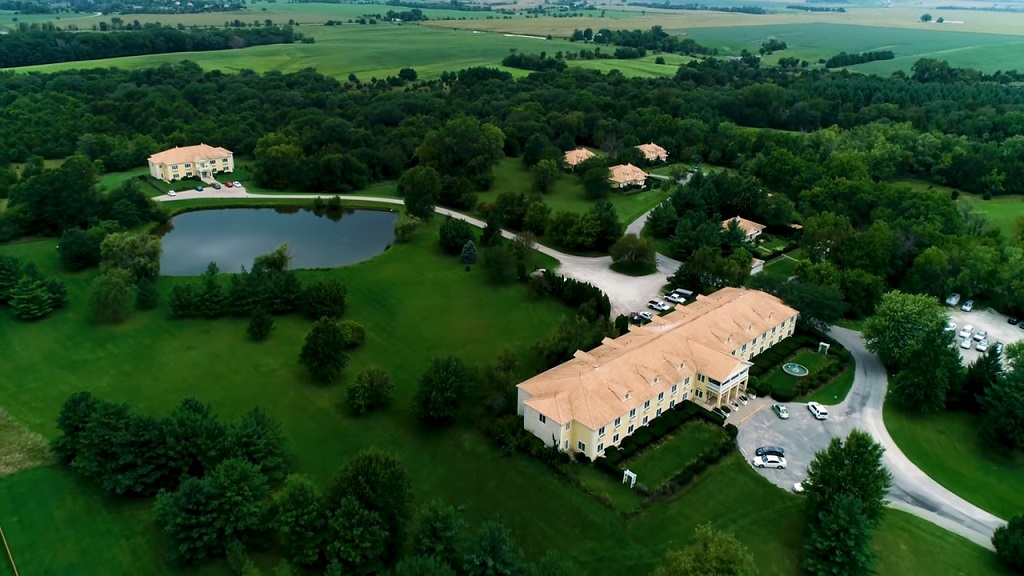
From the start, Maharishi Vedic City attracted attention as a real-world test of ancient philosophy. Journalists called it “America’s calmest community.” Sociologists called it “a long-term study in collective psychology.” Residents call it home.
Energy records show the city generates more electricity than it uses through solar panels and low-consumption systems. Public data suggests low stress levels, few health complaints, and almost no violent crime. Researchers at Maharishi International University continue tracking how meditation, organic living, and architecture interact.
Final Thoughts
Maharishi Vedic City began as an experiment and became a way of life. The idea was to prove that peace, health, and balance could shape a real community, not just a belief. Every road, house, and habit reflects that goal. People live by natural light, eat clean food, and keep a steady rhythm of meditation that ties the whole town together.


